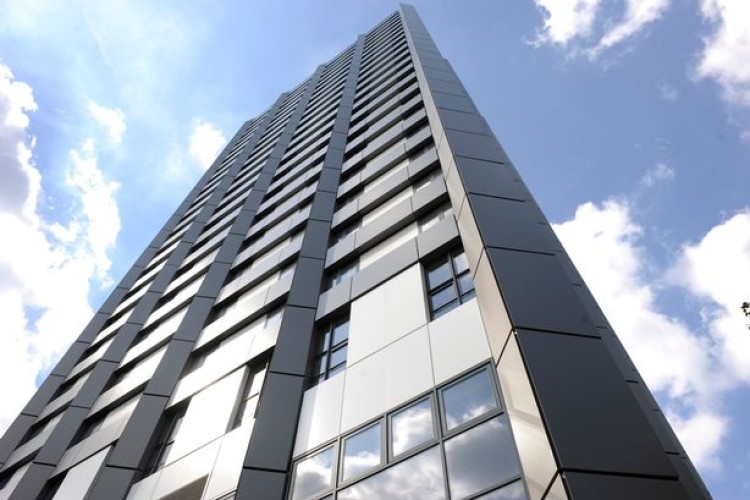The Equality & Human Rights Commission (EHRC) has written to the Department for Housing, Communities & Local Government (DHCLG) outlining its concerns about the continued use of combustible cladding in existing buildings and advising the department of its responsibilities under human rights laws to protect lives.
The EHRC is supported by the British Safety Council in its challenge to the government over its failure to protect lives
In a briefing paper on the subject, the EHRC says: “A key issue in the Grenfell inquiry will be whether the building regulations banned the use of polyethylene-based cladding in high-rise residential blocks, due to the risk of fire associated with it. If the building regulations did ban its use, questions will be asked about the adequacy of the systems for monitoring and supervising compliance with those regulations, including in council buildings, to ensure that cladding was installed safely. Both scenarios raise questions about whether the UK has met its duty to protect life. Additional issues arise concerning fire safety regulations, including the installation of fire sprinklers in high-rise buildings.”
The EHRC has expressed its concern that the consultation on the use of external cladding omits any reference to the government’s duty to protect lives under article 2 of the European Convention on Human Rights and schedule 1 to the Human Rights Act 1998.

British Safety Council chairman Lawrence Waterman said: “The British Safety Council has participated in the consultation, calling for much tighter building controls, clearer guidance and effective enforcement. The EHRC intervention takes a wider view and supports our long-held and consistent argument that health and safety is a crucial underpinning of the human right to life.”
The EHRC explains: “The right to life is one of the fundamental guarantees in international human rights law. In many respects it is a prerequisite to, and closely linked with, the enjoyment of all other rights. The right to life is protected under international and European human rights treaties, including Article 6 of the International Covenant on Civil and Political Rights (ICCPR) and Article 2 of the European Convention on Human Rights (ECHR). The UK government has signed up to these treaties and has to abide by them at all times.
“Article 2 of the ECHR is particularly important in the UK as it has been incorporated into domestic law by the Human Rights Act 1998. This means that all UK governments and public bodies – central, local and devolved – including all public officials, have to take appropriate measures to safeguard life by making laws to protect people and, in some circumstances, by taking active steps to protect people if their lives are at risk. If they don’t do this, they can be taken to court.”
Solicitor Anjon Mallik, construction partner at Gordons law firm, commented: “The Human Rights Commission’s intervention that the use of flammable cladding on Grenfell Tower and other high rise buildings is a breach of human rights is an issue that the Grenfell Inquiry will not be able to ignore. If it turns out that the use of polyethelene based cladding in high rise cladding had actually been banned by building regulations but its continued use had not been properly monitored, the public will rightly expect those in authority to be held to account. And, unless and until those responsible face the severest consequences, the clamour for heads to roll will continue.”
Got a story? Email news@theconstructionindex.co.uk


.gif)
